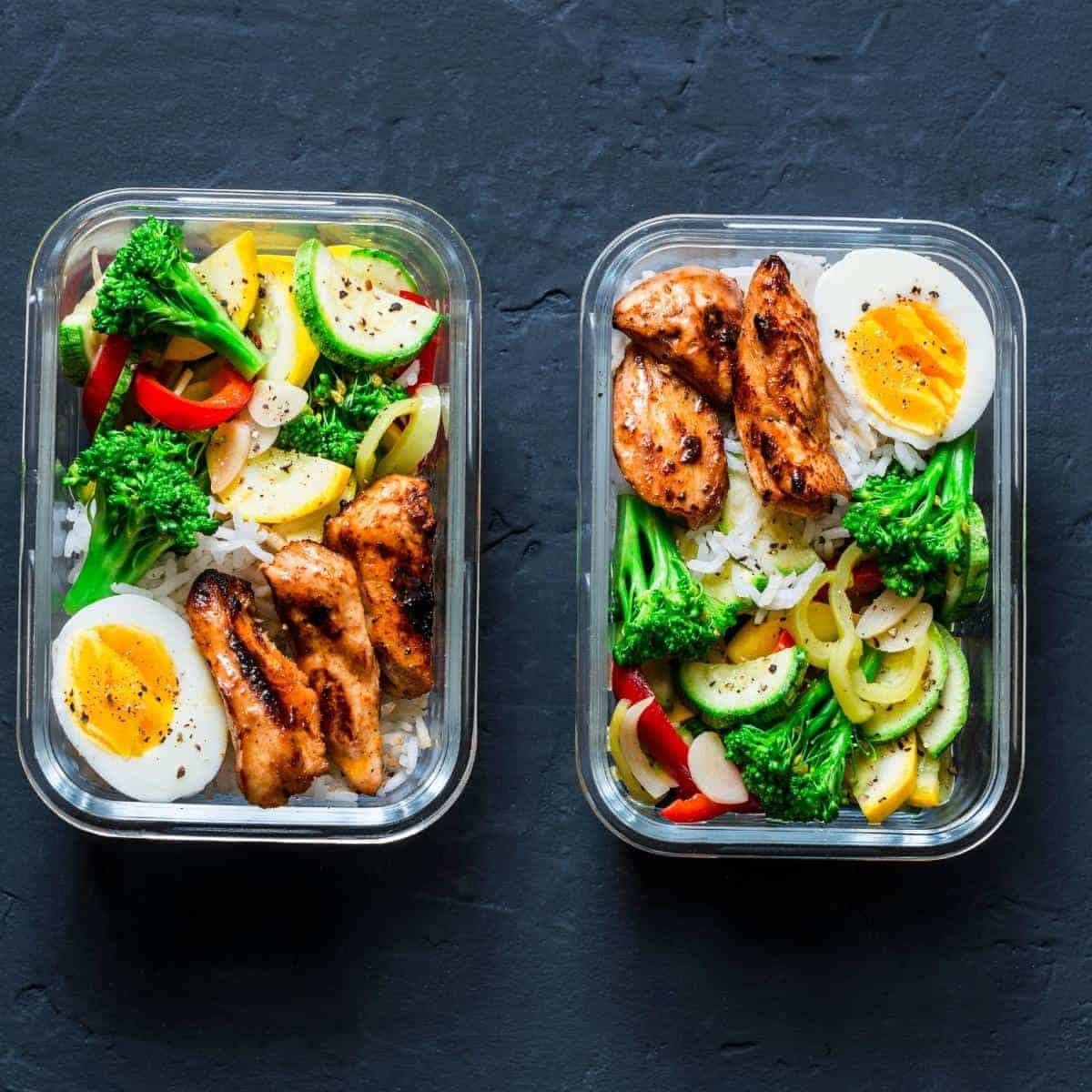The Role of Body Composition in Weight Loss and Weight Regain
When you embark on a weight loss diet something strange happens. Your body is not entirely happy to shed its fat. Instead, you start to lose lean tissue such as muscle and bone density.
A research study carried out in Denmark and reported in the American Journal of Clinical Nutrition in May 2002 found that when men dieted less than 60% of the weight lost was fat. The rest was lean tissues. When men regained weight only 24% of the weight they put back on was lean tissue – over 75% of the weight regained after weight loss was more fat. That means for people who yo-yo diet – living in a cycle of losing weight and putting it back on again – the lean tissues in their body are gradually being replaced by fat.
The same research showed that the picture for women is even worse! During the diet, 35% of the weight lost was lean tissue – initially less than for men. BUT on regaining weight only 15% was lean tissue. When women lost and then regained weight, lean tissue was not sufficiently restored – 85% of the weight regained was fat!
In this way, weight loss diets cause damage to your body composition and consequently to your health! Despite scientists reporting this in 2002, it took until 2011 for this to hit our mainstream headlines. Since then well-known branded diets have continually failed to respond, and the same problems are still being perpetuated.
Looking a little deeper at the issues of how body composition is key to preventing weight regain, the facts are clear – the vast majority of people who deliberately lose weight put it back on again! Regardless of how much weight is lost, research shows that a full 95% of all weight is put on again within 5 years. The same research links weight regain to body composition. So what’s going on?
The crux of this problem lies in the different ways in which lean tissue cells and fat cells function in the body.
Every cell in your body has a specific function – nerve cells, brain cells, heart cells, skin cells even fat cells all have a particular job to do, and they are programmed to do it! Now we don’t need to understand all those functions – we just need to understand two things. Lean tissue cells burn energy – they use the calories in the food we eat. Fat cells store energy – they burn none of the calories that we consume. So the fewer lean mass cells we have the fewer calories our bodies can burn before they are stored as body fat.
Let’s do a simple bit of maths! Imagine a body that needs 2000 calories a day just to function. Take away some lean tissue through dieting and at the end of the diet, the body needs less than 2000 calories a day to function because it has fewer cells capable of burning energy.
Resuming the same eating pattern as before the diet means the body simply cannot use as many calories as before the weight loss diet and has to store the excess as fat. Hey, presto – the body easily, and often quickly, puts on more fat as soon as a weight loss plan comes to an end and normal meal service is resumed!
Being aware of this makes all the difference – both during and after the weight loss program itself.
By choosing a weight loss program that preserves your lean tissues you can make sure your body composition doesn’t suffer. By maintaining lean tissues throughout weight loss you ensure you keep the cells with the ability to burn the calories in the food you eat. So when you have reached your target weight your body still needs the same number of calories afterward as it did before the weight loss program.
Have you ever followed a diet where it seems harder and slower to lose weight as you progress? That’s possibly an indicator that you are losing significant amounts of lean tissue. As you follow your program your body can tolerate fewer and fewer calories before weight loss starts to grind to a halt, to stop, and even to reverse!
Your body can only shed actual fat slowly – the faster the weight loss, the faster you lose lean tissues instead of fat! To break this cycle of weight loss and regain you simply must avoid unhealthy plans that promise you massive and rapid weight loss – don’t exercise discipline during your weight loss program, and you’ll pay the price later in-lbs of fat to regain!
Once you reach your target weight you still need to be mindful of the types of food you eat, even though you can have more of it! By knowing which nutrients slow down the rate at which calories are released into the body, you can make sure that the energy from those calories can be used steadily by the lean tissue cells to fuel their various functions before it is stored as fat again.
There are multiple factors involved in healthy weight loss and healthy weight regain. In summary, the number of calories is not the only factor to be considered: what those calories are made of is crucial to preserving, or even promoting health through weight loss.
http://ajcn.nutrition.org/content/75/5/840.long
http://www.dailymail.co.uk/health/article-2026106/Being-fat-healthier-constantly-trying-diet.html


